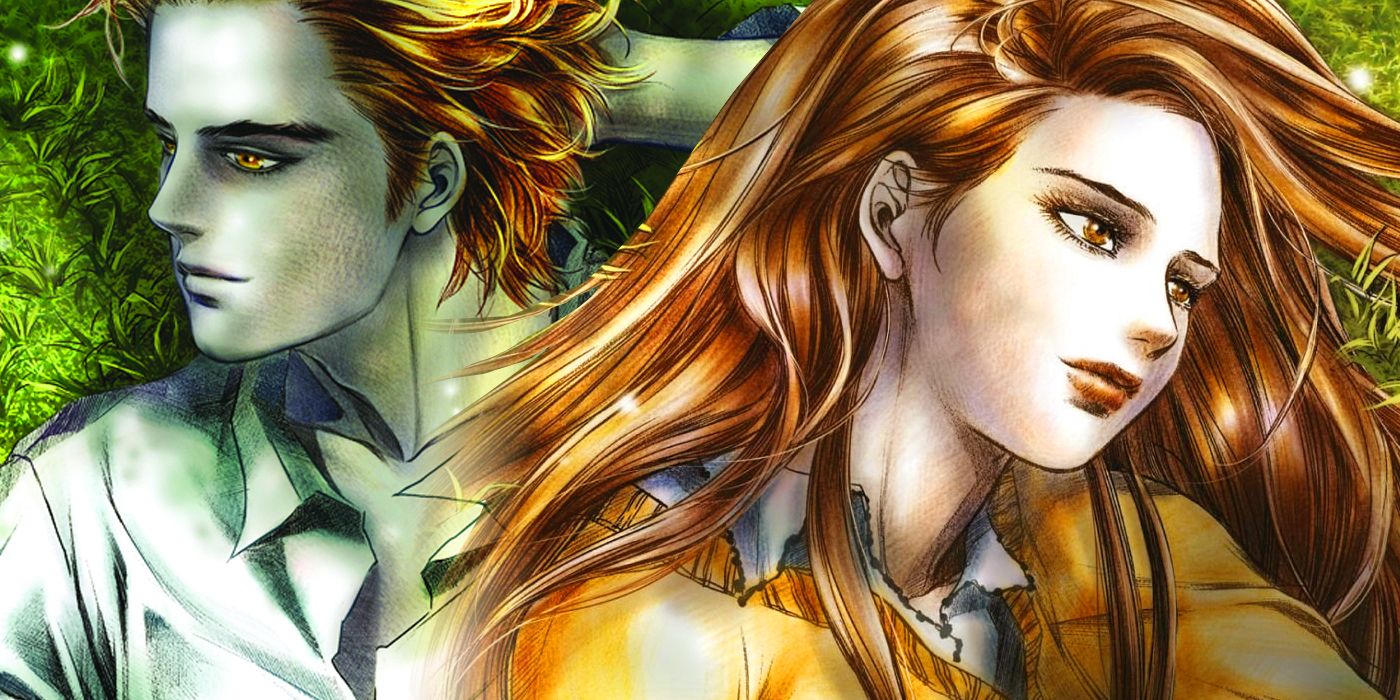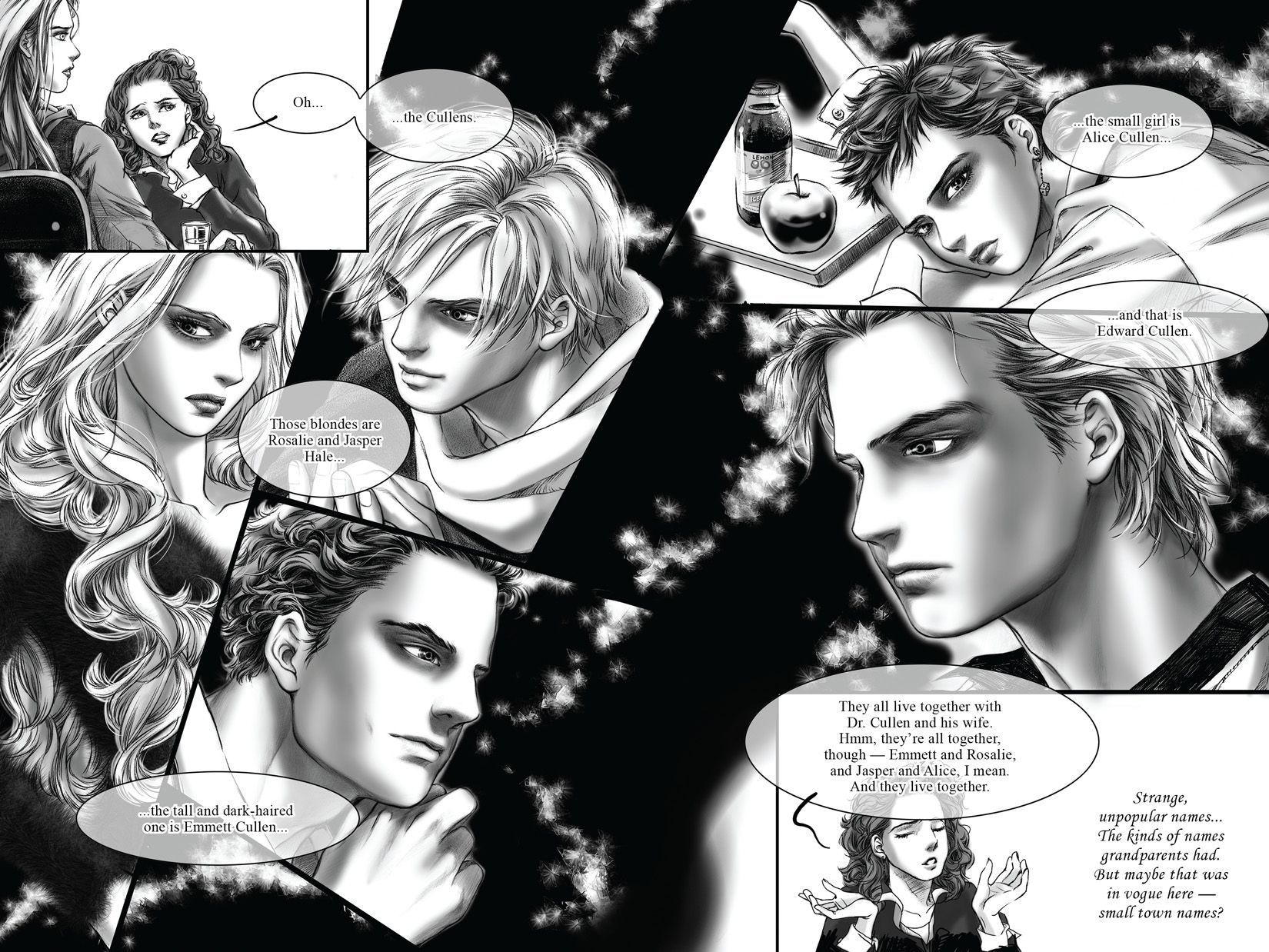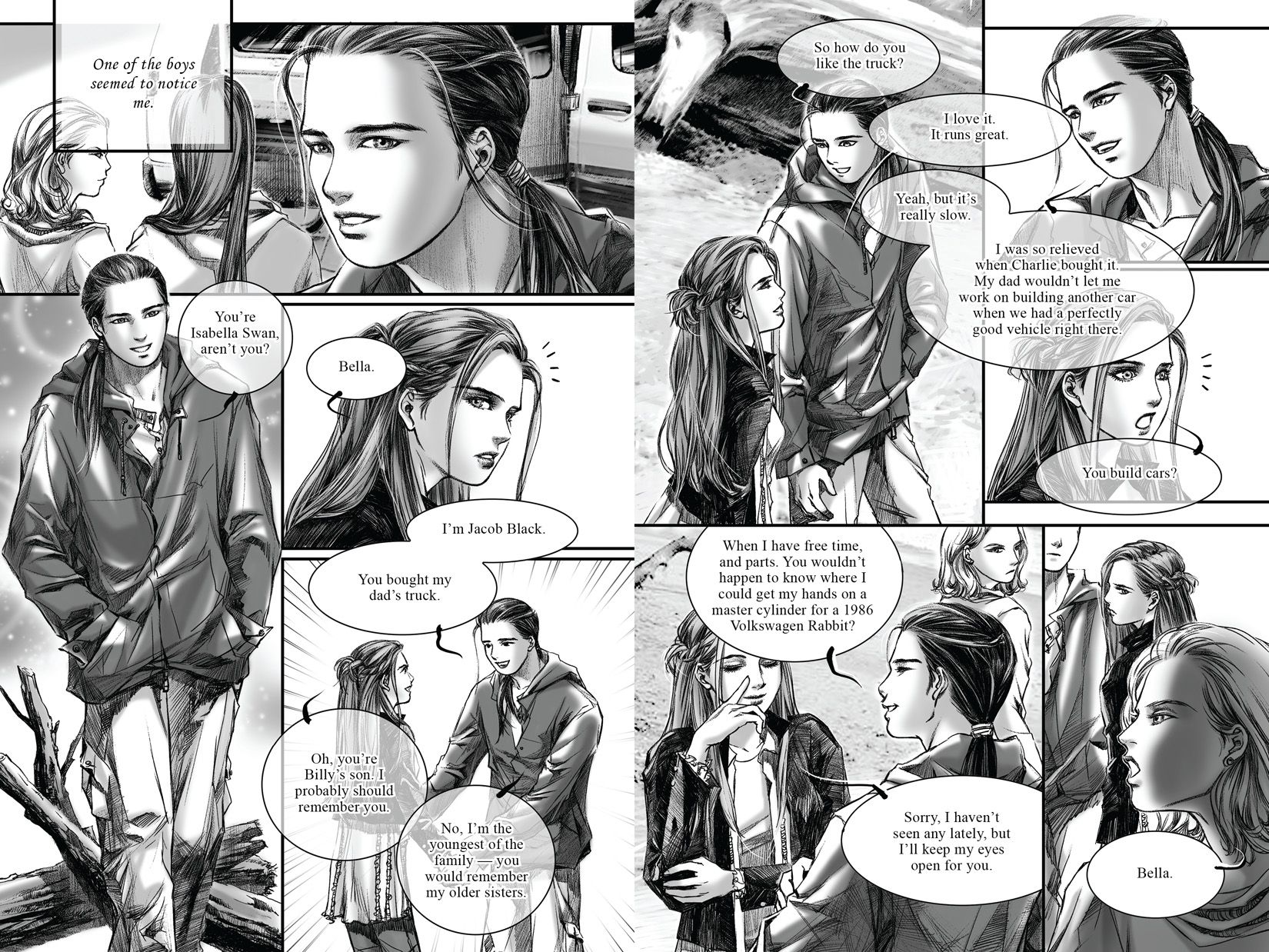For better or worse, The Twilight Saga is one of the more well-known romances of the modern age, namely in the gothic vein. Featuring the love between a small-town girl and an ageless vampire, the series' movie adaptations helped to fuel a continued surge of Young Adult novel adaptations, but these movies weren't the only form that the series took outside of the original books.
Twilight also had a somewhat forgotten manga adaptation, which recast the story of Edward and Bella in the even more sparkly veneer of shojo manga. This might seem like an odd idea, or perhaps one simply cashing in on the success of Twilight at the time, but it actually made a lot of sense. Given how similar many of the popular shojo manga at the time were to Twilight, it was only natural to combine the two and reach an even bigger audience. Here's how the bloodsucking romance translated particularly well to manga.
How The Twilight Manga Adapted the Original Books
Though officially called Twilight: The Graphic Novel, the Twilight comic book adaptation had a much more stylistic resemblance to a typical shojo manga. Releasing its first volume five years after the original novel came out, the book was made by Korean artist Young Kim. As mentioned, Young Kim's art is blatantly evocative of shojo manga, which is known for featuring casts that almost entirely consist of the excessively pretty. Young boys, in particular, are given a delicate handsomeness in these books, and Edward in the manga version of Twilight is no different.
Given the shading and art style, the characters resemble the concurrent "emo" fad of the time more than ever -- a trend that, in many cases, became synonymous with young Twilight fans. In addition, Edward's controversial "sparkling" is even more flamboyant, and it fits into the manga better than in any other version of the story. Shojo manga are also many times romance or drama stories, and, of course, Twilight, as a whole, fits into that niche perfectly. Things that would usually be melodramatic in text alone are made more colorful in the medium, even in black and white, making even the most mundane scenes ooze with sensuality and romanticism.
It also helps that supernatural and gothic romance are rather common among shojo stories, with works such as Vampire Knight being a narrative cousin of Twilight. Put all of this together and even the most ardent critics of the series' story will be unable to deny that it's a creative match made in heaven. As well as shojo, the art in the Twilight manga is very similar to the styles seen in many of today's most popular Korean manhwa/webtoons, many of which are also romantic in nature.
Why the Twilight Manga Worked So Well
The popularity of the manga led to the creation of a manga version of New Moon, though its second part was delayed indefinitely, likely due to the franchise's falling popularity after the Twilight movies ended. It was published by Yen Press, which also handled other manga adaptations of western works, as well as Original English Language manga.
Other western titles that saw a similar manga treatment from the publisher included James Patterson's Maximum Ride series and Beautiful Creatures from Kami Garcia and Margaret Stohl. These books had the same glossy and manga-based art style, though they didn't quite get the same amount of success as the Twlight manga. This can be attributed to just how much of a mainstream juggernaut Twilight as a franchise was over a decade ago, with anything bearing its title being a license to print money. And so, combining the convergent fandoms of supernatural Young Adult novels, romance enthusiasts and manga readers, though somewhat lost to time now, the Twilight manga was still a sparkling success for Yen Press in its heyday.



